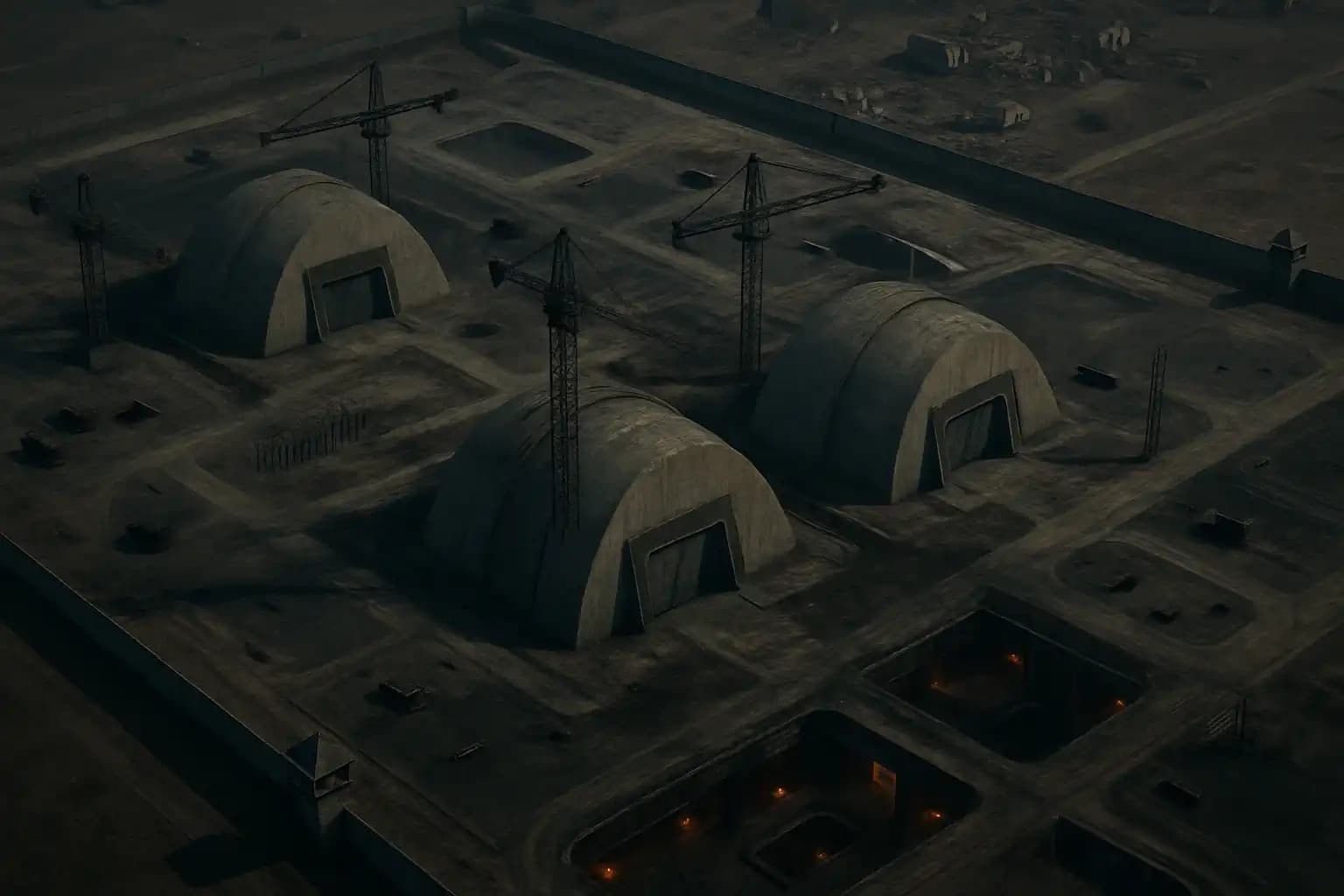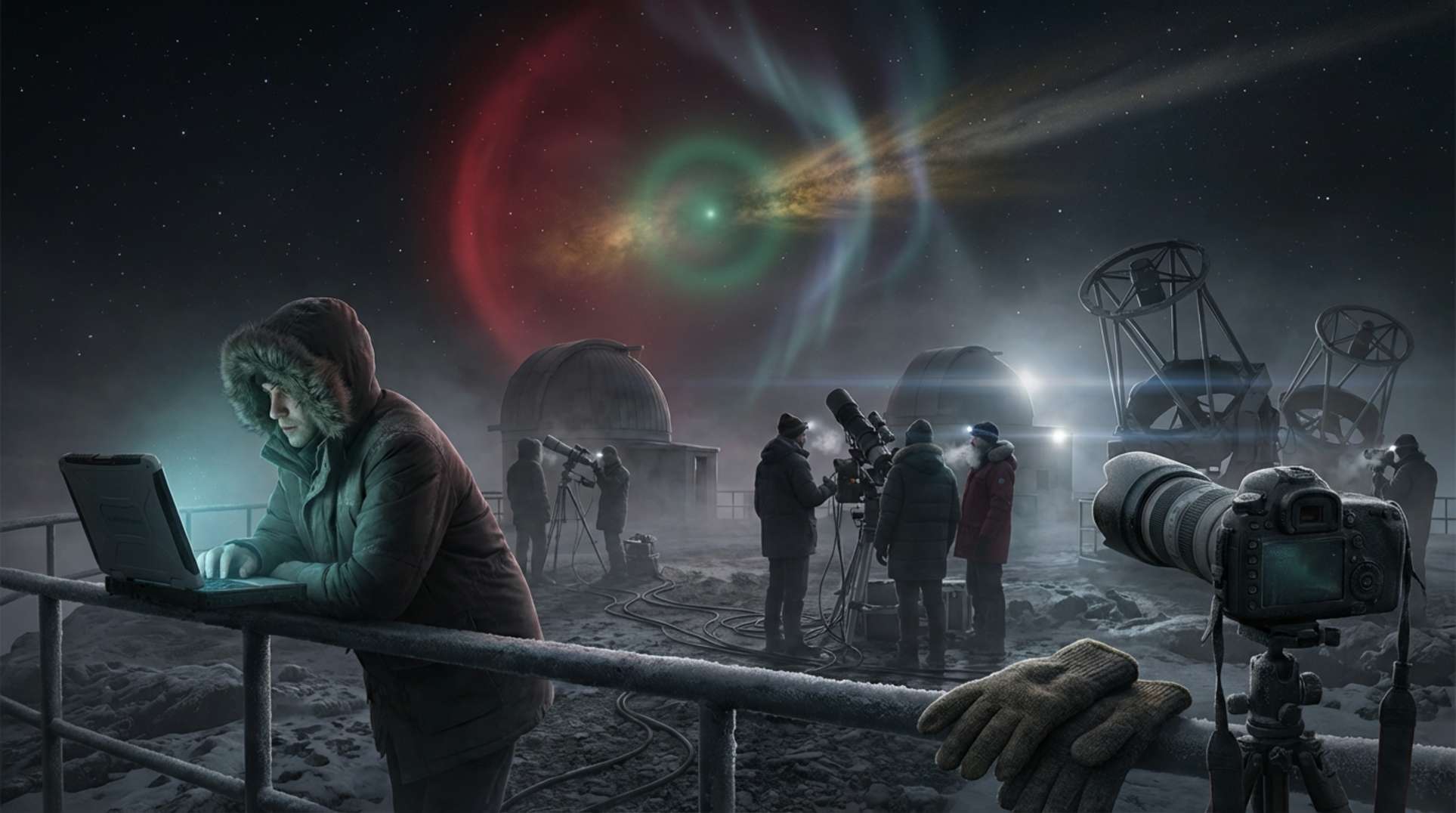Twenty miles outside Beijing, the ground shifts—not just tectonic plates. Once a sleepy village, this area has now transformed into the most scrutinized piece of real estate: a monumental military facility dwarfing America’s Pentagon. Analysts call it the “Beijing Military City.” Satellite images and Western intelligence whispers have drawn global attention. Guards stonewall inquiries, villagers disappear, and the government excels in denial. Welcome to the era of the Chinese mega-bunker.
Officially, the facility doesn’t exist. Unofficially, it symbolizes China’s transition from building civil defense tunnels to becoming a global power focused on survival and dominance. The Asia Times expose on China’s construction spree paints a vivid picture of a 1,500-acre militarized zone filled with cranes and obscured by secrecy. For the People’s Liberation Army planners, the logic is chillingly simple: expect the unexpected and build to survive the unthinkable. What are they preparing for? Your guess is as good as the West’s, ranging from nuclear bunkers to next-generation command centers.
Satellite Evidence and Intelligence Alarms
A structure of this scale cannot hide from space—not without significant help from the sharp-eyed analysts at Business Insider and others analyzing commercial satellite images. These images show a construction site southwest of Beijing alive with activity: heavy earth-moving equipment, new concrete, and outlines of blast doors along suspected air shafts plunging underground. Despite government claims of ignorance, echoes of Soviet-era secrecy—similar to that still seen at Russia’s Kapustin Yar—ignite suspicions about what happens below the surface.
Reports from sources like The Economic Times connect the dots: no civilian projects, no published blueprints, and strict restrictions on access. Instead, the narrative focuses on solid perimeters and grand ambitions. The base’s secretive nature only fuels Western anxieties, rekindling memories of decades of alleged government coverups and the misty realm of cyber-espionage.
The Logic (and Paranoia) Behind Underground Megabases
Why does modern China invest so heavily in underground facilities? The reasoning combines historical context with technological brinkmanship. Decades ago, Mao’s paranoia spurred the construction of the Underground City under Beijing, a hand-built civil defense bunker. In 2024, the strategy has evolved: deeply buried command centers, missile silos, energy nodes, and cyberwar bunkers transition China from survival to strategic dominance—the ultimate deterrent stating “if you bomb us, we still win.” The infamous Underground Great Wall, rumored to be a 3,000-mile missile tunnel network, underscores China’s fixation on subterranean defense.
Such strategies aren’t new: underground military complexes frequently appear in global power dynamics, mirrored by Iran’s “Missile Cities” and the Pentagon’s own Continuity of Government bunkers. As the new era of global risk analysis unfolds, worries extend beyond bombs and missiles to include EMPs crippling energy grids, AI sabotage, and next-gen information warfare capable of reshaping entire wars.
International Concern and the Next Cold War
American and allied agencies feel deeply unsettled by the scale of the Beijing Military City. The Pentagon’s annual reports, as reported by The Washington Times, indicate that China is rapidly expanding its underground nuclear and weapons capabilities. Analysts link these developments to recent Chinese military advancements and test launches, as detailed in this military assessment. A new arms race appears imminent—not only above ground but deep underground, where an entirely new theater of conflict silently emerges.
The global implications are stark. A fortified, nuclear-proof command center of this magnitude signals China’s readiness to endure and manage warfare, even during nuclear confrontations or large-scale sabotage. This buried facility may also connect to next-generation missile systems, quantum encryption, or command centers for unmanned drone swarms, raising concerns highlighted in this investigative report. Ultimately, this represents not just architectural ambition but a practical strategy for survival in a world increasingly fraught with tension.
The Age of Secrecy, Satellite Leaks, and Rising Tensions
China’s denials only heighten interest. In an era of commercial satellite imagery, high-res drones, and social media, secrecy becomes both more challenging and weaponized. Every secret base and anomaly sparks global discussions, and the “Chinese mega-bunker” quickly transitioned from classified whispers to mainstream headlines. The clash between state secrecy and open-source intelligence has become a central issue, mirrored by speculative articles like this story of hidden Antarctic bases and ongoing skepticism concerning who controls future outcomes.
For those watching the potential for World War 3 and new Cold War tensions, the emerging questions impose a grim punctuation on global geopolitics: what should we anticipate from this unmarked monument to paranoia? The only certainty is that denial and secrecy can no longer suppress worldwide speculation. Want further analysis and deep explorations into the space between fact and fever dreams? Continue searching at Unexplained.co, where the unknown becomes slightly less obscure—even as the world’s major players dig deeper underground.




